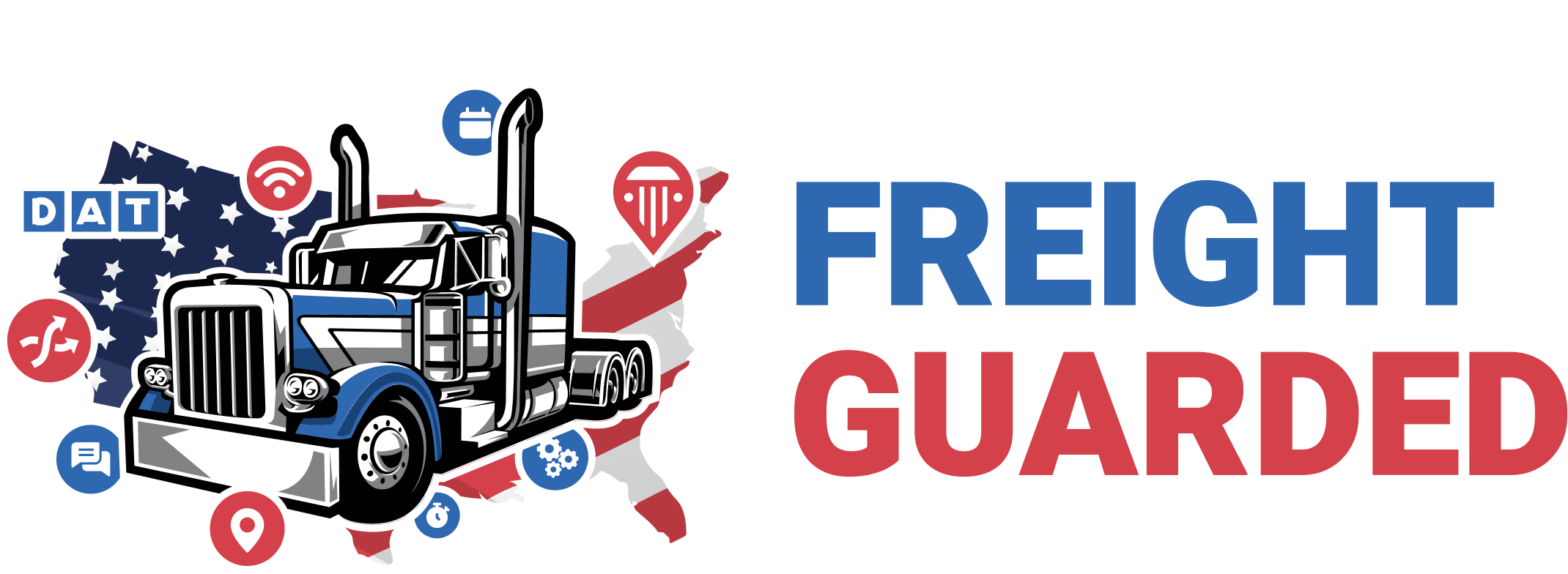Speed Limits for CMVs
In California, CMVs, which include trucks with three or more axles and trucks pulling trailers, are subject to a lower maximum speed limit compared to passenger vehicles on most highways. CMVs are required to adhere to a maximum speed limit of 55 miles per hour on highways. This is lower than the speed limit for passenger vehicles on many California highways, which can be up to 65 or 70 mph. This regulation is strictly enforced to enhance safety on the roads, given the longer stopping distances and increased potential for severe impacts in collisions involving heavier vehicles.
Hours of Service (HOS) Regulations
California adheres to federal HOS regulations set by the Federal Motor Carrier Safety Administration (FMCSA) with some state-specific adjustments. These rules are designed to eliminate the type of drowsiness that can lead to crashes by regulating the number of hours drivers can operate a CMV. Key components include:
Driving Hours: Similar to federal rules, CMV drivers in California are limited to 11 hours of driving within a 14-hour window after coming on duty, following at least 10 consecutive hours off duty. Rest Breaks: Drivers must take a 30-minute break if more than 8 hours have passed since their last off-duty or sleeper-berth period of at least 30 minutes. California's meal and rest break rules for commercial drivers, which previously required more frequent breaks, were preempted by federal HOS regulations as per a 2018 decision by the FMCSA. However, non-driving workers in California are still subject to state-specific rest and meal break requirements. 60/70-Hour Limit: Drivers cannot drive after 60/70 hours on duty in 7/8 consecutive days. A driver may restart a 7/8 consecutive day period after taking 34 or more consecutive hours off duty. Intrastate Variations
Intrastate Drivers: California does have separate HOS regulations for drivers who operate only within the state (intrastate commerce). For example, drivers in intrastate commerce are not subject to the 30-minute break requirement but must comply with California's meal and rest break laws for all workers.
Additional Considerations
Agricultural Exemptions: California provides certain exemptions for agricultural vehicles, which can affect both speed limit compliance and HOS regulations during planting and harvesting seasons. Local Regulations: Some localities within California might have additional restrictions or requirements, especially in urban areas or environmentally sensitive zones like the California Air Resources Board (CARB) regulations affecting diesel trucks. CMV operators in California must stay informed about these state-specific regulations in addition to federal rules. It's also advisable to keep abreast of any regulatory changes and consult with the California Department of Transportation (Caltrans) or the California Highway Patrol (CHP) for the most current information and guidance.
- Read more...
- 79 views

.thumb.jpg.79710ba0be5a9f3be83fb45bcaf36e79.jpg)
